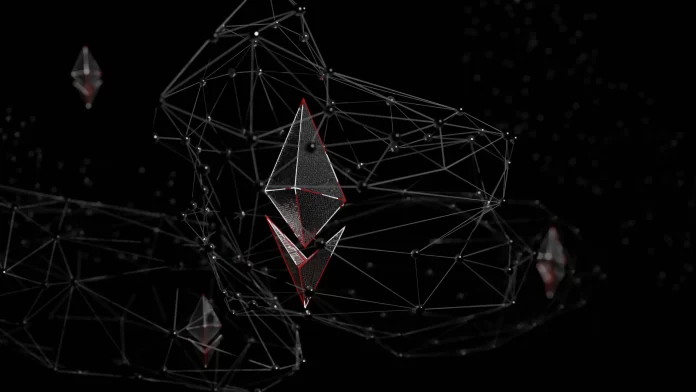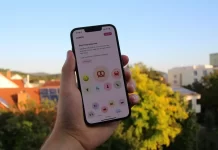A new term – NFT, is appearing in the news headlines more and more often. The abbreviation NFT means “non-fungible tokens”. Each NFT is unique and exists in a single copy, it can’t be separated, and all information about its author, buyer, and all operations with it’s securely stored in a blockchain. In other words, an NFT is a digital certificate attached to a unique object and can technically contain anything digital, including drawings, animated GIFs, songs, or items in video games.
Why the NFT has grown so rapidly in 2021
For the global market of non-interchangeable tokens, 2021 was the year of incredible growth. During this year the turnover of NFT reached more than $20 billion, which looks very impressive compared to 2020 when token sales brought in only $100 million. Such data is given by analytical source DappRadar.
Many experts attribute this rapid growth to the fact that NFT trading has turned into a popular trend that everyone is talking about and writing about. Unlike trading common cryptocurrencies, which are understandable and available only to experienced traders, NFT token trading looks like a fun activity that amuses people who have extra cash resources.
Tokens can be tied to almost anything, even major campaigns like Gucci, Coca-Cola, Adidas, and Nike, or famous actors, singers, and athletes have decided to participate in selling NFTs. This kind of hype from big companies or celebrities has made buying tokens desirable for many people previously far from the crypto world.
How NFT token trading is implemented and is it worth waiting for large investments in NFT
Most NFT projects are built on the Ethereum blockchain and are linked to various files such as audio, video, and other objects. NFTs typically give the holder ownership of the data, media, or object to which the token is linked, and are usually bought and sold on the specialized trading platforms in the same way that they can buy ordinary cryptocurrencies on an exchange.
Most NFT trading platforms, such as OpenSea, operate under a scheme that is similar in principle to decentralized exchanges or P2P exchanges. This system allows users to transfer NFTs directly between their wallets.
However, other trading platforms, such as Dapper Labs, handle custody on behalf of users. Of the trading platforms where NFT can be traded, OpenSea is the most popular and by a wide margin, with more than $16 billion worth of cryptocurrency received in 2021.
Is the NFT trade more retail-oriented?
NFT trading is more focused on retail trading (i.e. under $10,000) than cryptocurrency trading in general.
However large transactions are also becoming more popular, for example in early March 2021 transactions from $10,000 to $100,000 in cryptocurrency were 6 percent, but on December 6 rose to 19%.
If we look at the volume of transactions, then deals above $100k account for 63% of all transactions.
How investors see the NFT as a potential investment
Most investors are very skeptical about NFT and don’t believe that they can achieve a high return on investment, and for this, there are good reasons.
Transaction data from the OpenSea trading platform confirms that NFT is far from a reliable investment. Statistics show that only 28.5% of NFTs bought and then sold on the platform are profitable.
The slightly better situation with the secondary market, their resale of purchased NFT brings a profit in 65.1% of cases, which isn’t so bad.
Despite the overwhelming success of NFT in 2021, this token looks like a fun activity that amuses people and is popular simply because of the raised hype around that don’t satisfy big investors and how the NFT trade will turn out in the near future, no one knows.
Splaitor doesn’t provide any investment, money management, or trading advice. Read our Disclaimer to know more.






